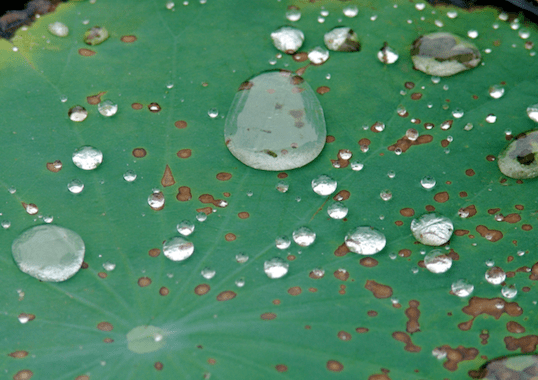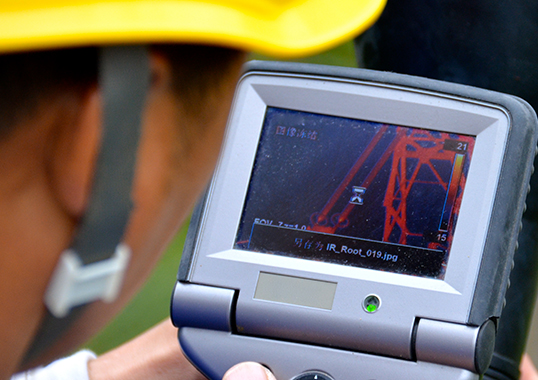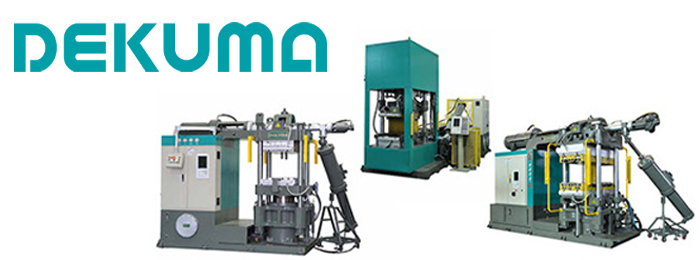[inline_ad_block]
The term ‘nano’ seems ubiquitous these days and has attained great marketing power. Consequently, it is difficult for almost any product or area of study to be too far removed from it. Insulators are no exception. The seeds of nanotechnology were probably sown more than 60 years ago (pre-dating use of the current terminology) to indicate design and control of properties at an atomic level. But in the insulation or dielectric field, the first credible mention was made only in 1994 in a paper titled Nanometric Dielectrics, published in the IEEE Transactions on Dielectrics and Electrical Insulation. Over more recent years, many conferences touching upon electrical insulation have had papers discussing nanomaterials. Also, CIGRE Study Committee D1: Materials and Emerging Technologies has dealt with this subject in Working Groups. In the case of electrical insulators, this growing interest in nanotechnology has related to potential breakthroughs in terms of superior dielectric strength, greater resistance to tracking and erosion and improved surface properties such as hydrophobicity. At first glance these improvements may seem evolutionary rather than revolutionary. But when the magnitude of improvements is considered as is the fact that these could be achieved without an increase in size, the possibilities are indeed intriguing. It could also open the door to new generations of composite products – devices that combine the virtues of different materials.
Nanodielectrics refer to materials using additives (e.g. fillers) whose dimensions are on the order of a few nanometers (10-9m or a billionth of a meter). The base material is typically a polymer although it can also be inorganic, such as the zinc oxide blocks used in surge arresters. Normally, fillers are a thousand times larger than this (several micrometers or microns). For a given quantity of filler, nano-sized particles provide for greater area coverage of the base material compared to what is achievable with micron sized particles. This much is evident. But exactly how this enhances performance can still appear fuzzy and mostly qualitative explanations describe improvements achieved in performance of nano-filled polymers. One parameter, namely dielectric strength, is particularly interesting. Nanoparticles reduce the space available for electrons to accelerate and gain energy from applied electric field (just as roadblocks reduce speed of vehicles). The breakdown process requires an avalanche of electrons created by successive collisions of free electrons that are always present in any medium with neural molecules. With nanomaterials, however, breakdown will occur at much higher voltages due to these ‘roadblocks’. This suggests that improvement in breakdown voltage is intimately related to dispersion of the nano-filler within the base material. But this remains the challenge. Perhaps it is their smaller size or the atomic forces or filler treatment that cause nanoparticles to agglomerate rather than disperse within the polymeric matrix. The result is that any improvement in time to breakdown (i.e. breakdown voltage) begins to vanish for nano-filler levels in excess of 10-15% (It is easy to understand that filler dispersion can be more uniform in thin rather than thick samples.)
Nanomaterials can also be used in the form of surface coatings for outdoor insulators. For example, a super-hydrophobic coating can be applied to both porcelain and glass insulators that are inherently hydrophilic as well as to polymeric insulators such as epoxy that quickly lose hydrophobicity in service. The term ‘super-hydrophobic’ is not new and has been used in the coating industry for years in applications such as corrosion protection of roads and bridges, boats, fabrics and paints. It was first coined to describe coatings with a surface morphology that mimics a lotus leaf. While the contact angle of water droplets on hydrophobic surfaces is in the region of 90 to 100°, on superhydrophobic surfaces it can exceed 130°, causing droplets to roll off with no wetting of the surface. A super-hydrophobic coating involves nanoparticles mixed with polymers but it is not clear if these coatings have the same long-term retention and regenerative ability of hydrophobicity as existing silicone rubbers. Other aspects such as resistance to corona, surface discharges, abrasion (e.g. from wind, dust, rain or handling, compatibility with different substrate materials and cost effectiveness all need to be further investigated.
While the family of silicone rubber is widely used for transmission line and apparatus insulators, other polymeric materials can be preferable at low and medium voltages for reasons of superior mechanical performance as well as resistance to tearing and chemical attack. For example, cycloaliphatic epoxy is widely used in low and medium voltage equipment such as dry type instrument transformers, reclosers, bushings and bus support insulators. In these applications, epoxy fulfills both structural and electrical functions, thereby offering unique manufacturing and design advantages. The active (i.e. energized) parts are encapsulated within the solid dielectric and are free from problems of leaks and spills associated with oil-filled equipment. They are also easier to maintain and can be installed in any orientation. There has already been introduction of hydrophobic epoxy onto the market. How about superhydrophobic epoxy or EPDM or polyethylene or indeed any other material? There is obvious benefit to be gained by using nanomaterials in these applications to improve endurance to corona (or partial discharge) and breakdown since electrical stresses may be high due to presence of active internal components. If uniform distribution of electric stress can be achieved through use of appropriate nanofillers, physical dimensions of line and substation equipment can be significantly reduced. This could result in shorter towers, longer spans, compact substations, improved reliability and more.
Of course, innovation will be required from the viewpoint of testing and evaluating new materials. When silicone rubber was first introduced for outdoor HV insulation, the concept of ‘long-term hydrophobicity’ was seen as revolutionary. But it proved easier to demonstrate this superior performance in service than to convince skeptics that existing test methods needed to be re-defined to handle the new material. Further investment in research and development and close cooperation between industry and academia will be needed to realize the full potential of nanotechnology within the insulator world.
Prof. Ravi S. Gorur










